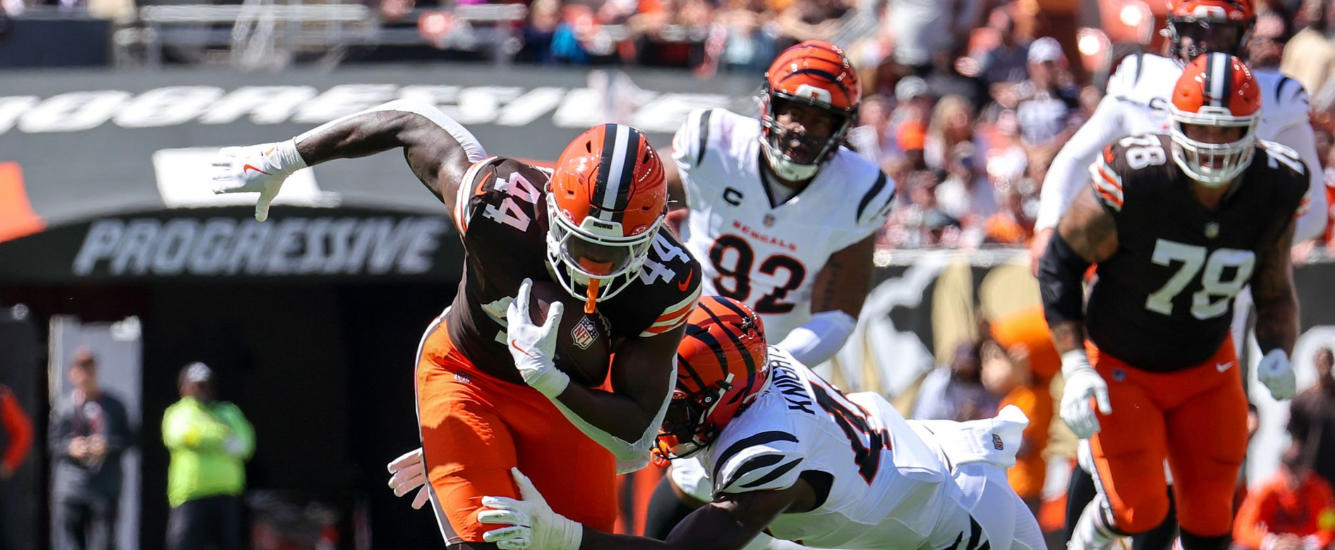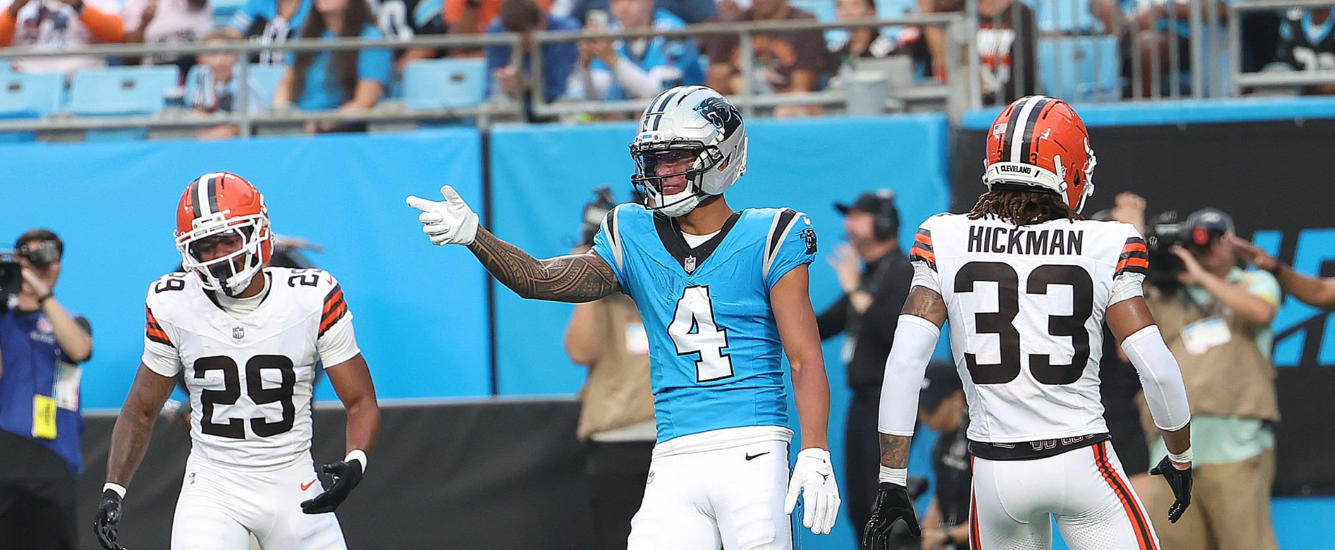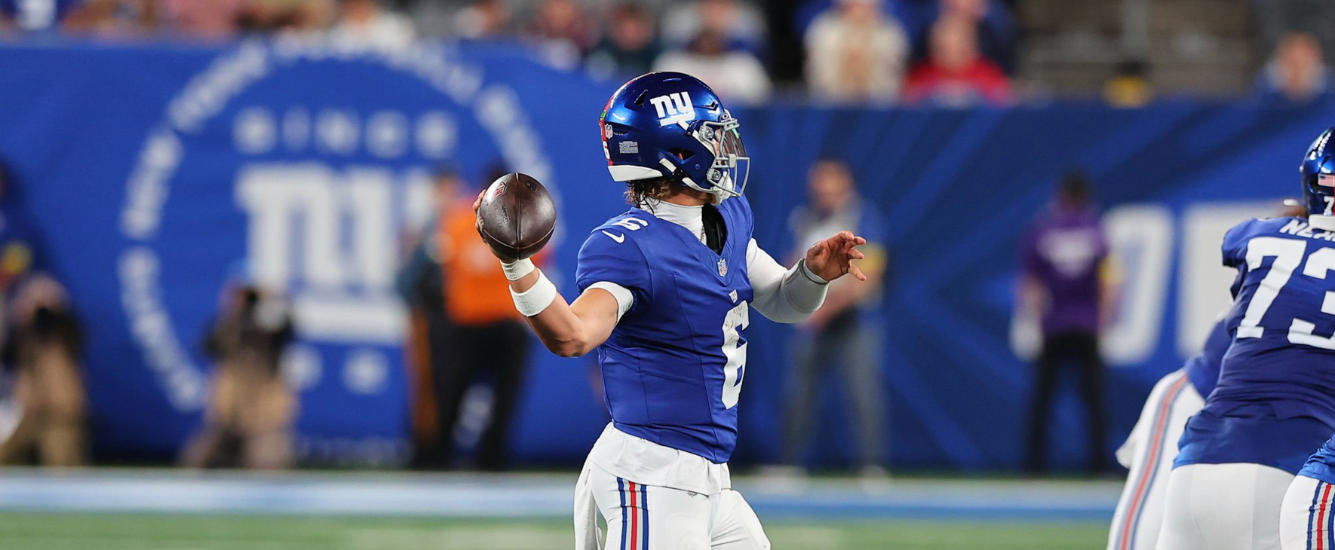Welcome to The Wrong Read. This weekly article uses advanced team-level metrics to preview the week’s upcoming matchups. The goal is to try to understand how an upcoming matchup might play out in terms of each offense’s ability to execute their game plan. How successful will they be when trying to pass? How much will they be able to run the ball?
It’s impossible to answer these questions definitively, but by exploring the advanced metrics we can better understand the dynamics that might not show up in the box score every week. We can use these metrics to find hidden signal that could indicate how a team wants to play football and how likely they are to be able to play the way they want against an upcoming opponent.
The numbers below include Week 1 along with the last six weeks of 2023. This means that personnel changes won’t be entirely reflected in these numbers — in cases where that matters I’ll point it out. But we can still get a good sense of what to expect from each of these teams. I’ll highlight the most salient features of the matchup below each graphic.
New York Giants at Washington Commanders

We can ignore a lot of the Commanders passing stats. Most of those games predate Jayden Daniels. But Washington should be concerned about their offensive line. Only two teams have allowed a higher pressure rate.
This is particularly problematic against the Giants, who blitz at the second-highest rate in the league. This aggressive style does however leave New York’s secondary somewhat vulnerable — only four teams allow more average separation than the Giants.
The Commanders are last in the league in passing yards per play allowed, EPA per pass allowed, and pressure rate. Combined with New York’s league-leading average separation, this could be a recipe for some big passing plays. Malik Nabers has come off the injury report and is hoping to build on his debut performance. Yet it’s Wan’Dale Robinson who has the top matchup.

Neither team should be afraid of running the ball. The one caveat is that New York has faced the second lowest rate of stacked boxes, but Washington’s defense stacks the box at a higher than average rate. The Giants could underperform on the ground. The Commanders should be able to generate rushing yardage against a New York defense that ranks in the bottom six in many advanced rushing defense metrics.
New York Jets at Tennessee Titans

No team allows a higher pressure rate than the Titans. While the Jets don’t blitz a lot, their tight coverage allows them to get pressure on opposing QBs, and to limit their opponents yards per play and EPA. It’s not a good passing matchup for Tennessee. The Titans might try moving the ball on the ground. New York gives up a ton of yards after contact and is vulnerable to explosive plays.
While most of the Jets’ statistics do not account for the presence of Aaron Rodgers, his 2024 debut was at least mildly disappointing. Nevertheless, he and Garrett Wilson will try to exploit a Tennessee defense that doesn’t create much pressure or get to quarterbacks all that quickly. Rodgers’ average time to throw in Week 1 was 2.47 seconds — quicker than the Jets’ numbers coming into this game, and much quicker than the Titans average time to pressure.
New York’s rushing stats are surprisingly poor for a team that has Breece Hall. It might seem like good news that only two teams play defense with six or fewer players in the box at a higher rate than Tennessee. Yet they’ve been able to stop the run despite that fact, which suggests at least that their scheme isn’t a limiting factor in the quality of their run defense. Hall could score more of his points through the air this week.


















